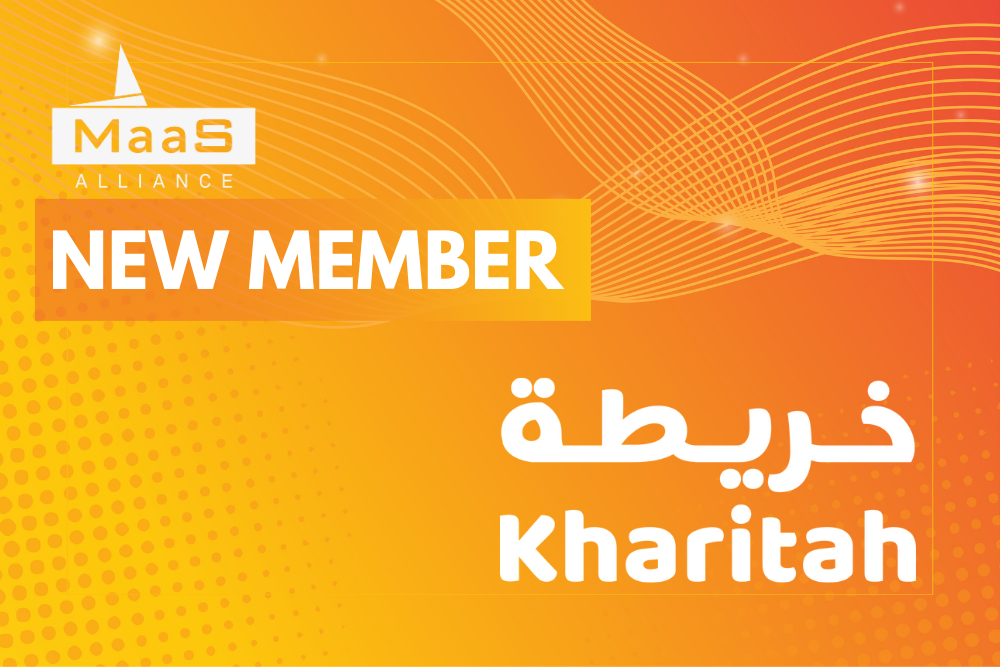[et_pb_section fb_built=”1″ _builder_version=”3.22″ _i=”0″ _address=”0″ da_is_popup=”off” da_exit_intent=”off” da_has_close=”on” da_alt_close=”off” da_dark_close=”off” da_not_modal=”on” da_is_singular=”off” da_with_loader=”off” da_has_shadow=”on” da_disable_devices=”off|off|off”][et_pb_row _builder_version=”3.25″ background_size=”initial” background_position=”top_left” background_repeat=”repeat” _i=”0″ _address=”0.0″][et_pb_column type=”4_4″ _builder_version=”3.25″ custom_padding=”|||” _i=”0″ _address=”0.0.0″ custom_padding__hover=”|||”][et_pb_text _builder_version=”3.29.3″ background_size=”initial” background_position=”top_left” background_repeat=”repeat” hover_enabled=”0″ _i=”0″ _address=”0.0.0.0″]

To promote the EU’s comprehensive, sustainable, rules-based and people-centred approach to connectivity – and contribute to the implementation of the EU Strategy on Connecting Europe and Asia (2018), the EU Strategy on Central Asia (2019), and the Global Gateway (2021) – the European Commission is conducting since the end of 2021 a study on sustainable transport corridors connecting Europe with Central Asia.
The study has two objectives:
- Identifying the most sustainable transport corridors connecting the five Central Asian republics with the EU’s extended Trans-European Transport Network (TEN-T), following a corridor assessment based on strict sustainability criteria where environmental, social, economic, fiscal/debt sustainability as well as political viability would be taken into account.
- Proposing key actions for corridor development – in terms of both physical infrastructure (hard connectivity) and enabling environment (soft connectivity), including their prioritisation based on a coherent and sustainable transport corridor development approach.
Geographically, the study will assess existing and potential new corridors that would ensure the most sustainable transport connections between the five Central Asian republics (Kyrgyzstan, Kazakhstan, Tajikistan, Turkmenistan, and Uzbekistan) themselves, as well as links with the EU’s Trans-European Transport Network (TEN-T), which covers the 27 EU Member States, but also extensions to the Western Balkans, Eastern Partnership countries (including the Caucasus) and Turkey.
This would be done following the assessment of the current situation of transport networks in the region, as well as consultations with stakeholders (including not only the Central Asian countries themselves but also EU Member States, industry, relevant UN bodies, International Financial Institutions (IFIs), civil society organisations, private sector and interest groups).
In terms of transport modes, the focus will be on land transport (rail and road) and maritime connections, but interoperability with other modes of transport, legal and regulatory conditions, customs procedures, existing bilateral agreements between the various countries concerned and possible multi-modal connecting points along these corridors will be fully analysed as well. The study is led and funded by the European Commission and implemented by the European Bank for Reconstruction and Development (EBRD) over a period of one year (12 months).
Source: European Commission
[/et_pb_text][/et_pb_column][/et_pb_row][/et_pb_section]



